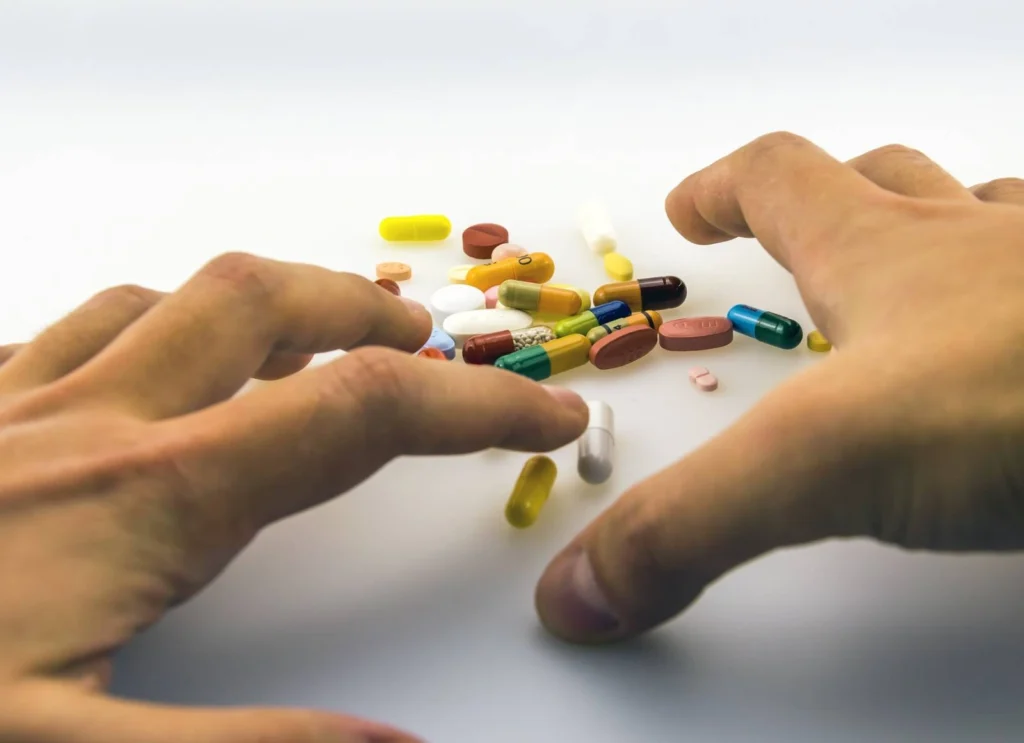The comprehensive approach to drug rehabilitation: A medical perspective
Drug addiction is a complex and chronic disease characterized by compulsive drug seeking, use, and relapse despite harmful consequences. It is considered a brain disorder, as it involves changes in the structure and function of the brain. Drug addiction affects millions of people worldwide, and its impact extends beyond the individual to families, communities, and society as a whole. One of the primary methods for addressing drug addiction is through drug rehab in Mexico programs, which aim to help individuals recover from their addiction and lead healthier, drug-free lives.
Understanding drug addiction
Before delving into the specifics of drug rehabilitation, it is crucial to understand the nature of drug addiction.
Drug addiction, also known as substance use disorder, is a chronic, relapsing brain disease that is characterized by compulsive drug seeking and use, despite harmful consequences. Addiction is considered a brain disorder because drugs change the brain’s structure and function, leading to long-lasting changes in the way the brain nature. These changes can manifest in behaviors that are characteristic of addiction, such as craving, inability to control drug use, and continued use despite negative consequences.
Addiction is a complex condition that results from a combination of genetic, environmental, and developmental factors. Genetic factors can predispose individuals to addiction, making some people more vulnerable than others. Environmental factors, such as exposure to drugs at an early age, trauma, and stress, can also play a significant role in the development of addiction. Additionally, developmental factors, such as the stage of brain development, can influence the risk of addiction, with childhood being a critical period of vulnerability.
Drug addiction is often associated with changes in the brain’s reward system, which is responsible for reinforcing behaviors that are essential for survival, such as eating and socializing. Drugs of abuse can hijack this system, leading to compulsive drug-seeking behavior characteristic of addiction. Additionally, drugs can alter other brain regions involved in decision-making, impulse control, and stress regulation, further contributing to the cycle of addiction.
It is important to note that addiction is a treatable condition. Research has shown that combining behavioral therapies with medications can be highly effective in treating addiction and helping individuals achieve long-term recovery. However, it is essential to recognize that recovery is a lifelong process, and ongoing support and treatment may be necessary to maintain sobriety.
Goals of drug rehab in Mexico
Drug rehabilitation programs have several key goals, including
Detoxification: The first step in many drug rehabilitation programs is detoxification, or detox, which is the process of removing drugs from the body. Detox can be challenging, as the body may experience withdrawal symptoms as it adjusts to the absence of the drug.
Behavioral therapies: Behavioral therapies are an essential component of drug rehabilitation programs. These therapies aim to modify attitudes and behaviors related to drug use and increase healthy life skills. Cognitive-behavioral therapy (CBT), for example, helps individuals recognize and cope with triggers that lead to drug use.
Medication-assisted treatment (MAT): Mat combines behavioral therapy and medications to treat substance use disorders. Medications such as methadone, buprenorphine, and naltrexone can be used to help reduce drug cravings and withdrawal symptoms.
Relapse prevention: Relapse prevention strategies are crucial for maintaining long-term recovery. These strategies may include identifying triggers, developing coping skills, and creating a strong support network.
Holistic approaches: Many drug rehabilitation programs also incorporate holistic approaches, such as yoga, meditation, art therapy, and nutrition counseling. These approaches aim to address the physical, mental, and emotional aspects of addiction.
Challenges in drug rehab in Mexico
While drug rehabilitation programs can be highly effective, they are not without challenges. One of the significant challenges is the high rate of relapse among individuals recovering from drug addiction. According to the National Institute on Drug Abuse (NIDA), relapse rates for drug addiction are similar to those for other chronic diseases, such as diabetes, hypertension, and asthma. This highlights the chronic nature of addiction and the need for ongoing care and support.
Another challenge in drug rehabilitation is the stigma associated with addiction. Many individuals struggling with addiction may feel ashamed or judged, which can prevent them from seeking help. Stigma can also impact the quality of care that individuals receive, as some may be reluctant to disclose their addiction or may not receive the same level of empathy and understanding from healthcare providers.
Access to care is another significant challenge in drug rehabilitation. Many individuals may face barriers to accessing treatment, such as lack of insurance, limited availability of treatment programs, or financial constraints. This can result in delayed or inadequate care, which can impede recovery efforts.
Additionally, the co-occurrence of mental health disorders, known as co-occurring disorders or dual diagnosis, presents a challenge in drug rehabilitation. Many individuals with substance use disorders also have co-occurring mental health disorders, such as depression, anxiety, or post-traumatic stress disorder (PTSD). Treating both the substance use disorder and the co-occurring mental health disorder simultaneously is crucial for successful recovery but can be complex and require specialized care.
Finally, the societal factors that contribute to drug addiction, such as poverty, unemployment, and lack of access to education and resources, can also pose challenges in drug rehabilitation. Addressing these underlying issues is essential for long-term recovery and requires a comprehensive approach that goes beyond traditional drug rehabilitation programs.
Conclusion
In conclusion, drug rehabilitation programs play a vital role in helping individuals recover from drug addiction. These programs use a comprehensive approach that addresses the physical, psychological, and social aspects of addiction. However, they are not without challenges.
One of the significant challenges is the high rate of relapse among individuals recovering from drug addiction. Relapse is common and should be viewed as a part of the recovery process rather than a failure. Stigma associated with addiction, limited access to care, co-occurring mental health disorders, and societal factors also pose challenges in drug rehab in Mexico.
Despite these challenges, drug rehabilitation programs have been shown to be effective in helping individuals achieve long-term recovery. By addressing these challenges through a multifaceted approach that includes improving access to care, addressing stigma, and addressing co-occurring disorders, we can improve the effectiveness of drug rehabilitation programs and help more individuals lead fulfilling, drug-free lives.
At OCEÁNICA, we understand that the decision to pursue recovery is a profound and courageous choice. Our commitment is to accompany you on this transformative journey, providing personalized care, evidence-based therapies, and a supportive community. We recognize your strength and resilience in choosing to prioritize your well-being. Join us as you take the first step towards lasting recovery and embark on a path to a healthier, more fulfilling life.





